Students of the ETSID of Polytechnic University of Valencia presents the project "Para-lel 4" that under the slogan "Design Editors" will be show at the Milano Design Week 2018
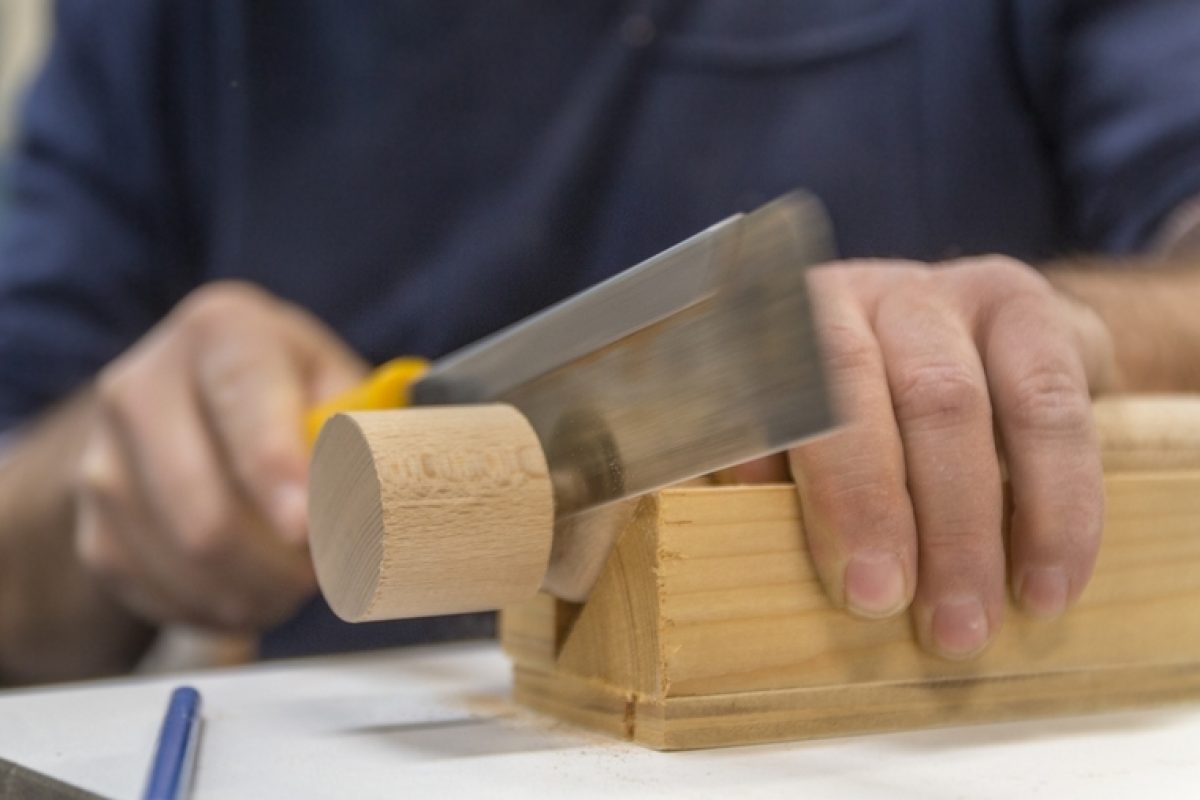
Paral-lel is an annual project organized by a group of design students from the School of Design Engineering (Polytechnic University of Valencia, Spain). This year in its fourth edition, Paral-lel 4 is presented under the slogan Design Editors. With this main topic, its participants show a new way of understanding the design and the role of designers in which they take part in all the phases of the project, from the conception of the idea to its manufacture.
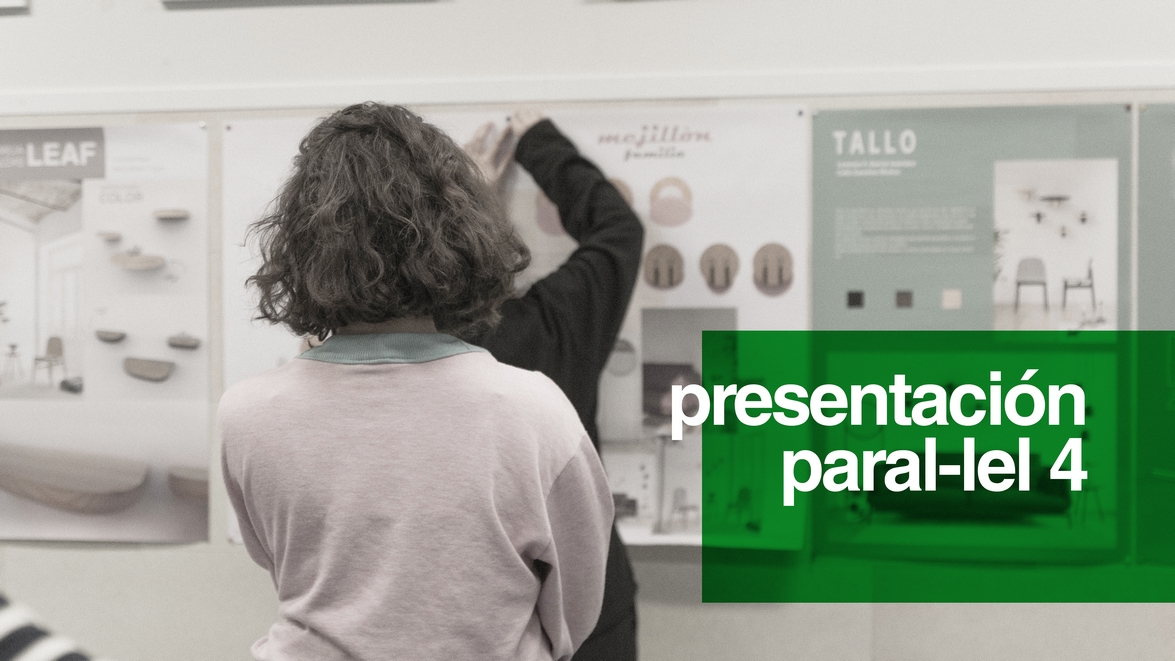
The project has been developed in the fourth year course Design for Leisure and Habitat, coordinated by professors José Miguel Abarca Fernández and Kiko Gaspar (Discoh Design), in which a real briefing offered by the Spanish design editor Omelette-ed was followed. His proposal consisted in the design of a collection of shelves or wall hooks. Some of the essential requirements for the design were using wood as the principal material and to fulfil the style of the editor: unique, human and close to the users.
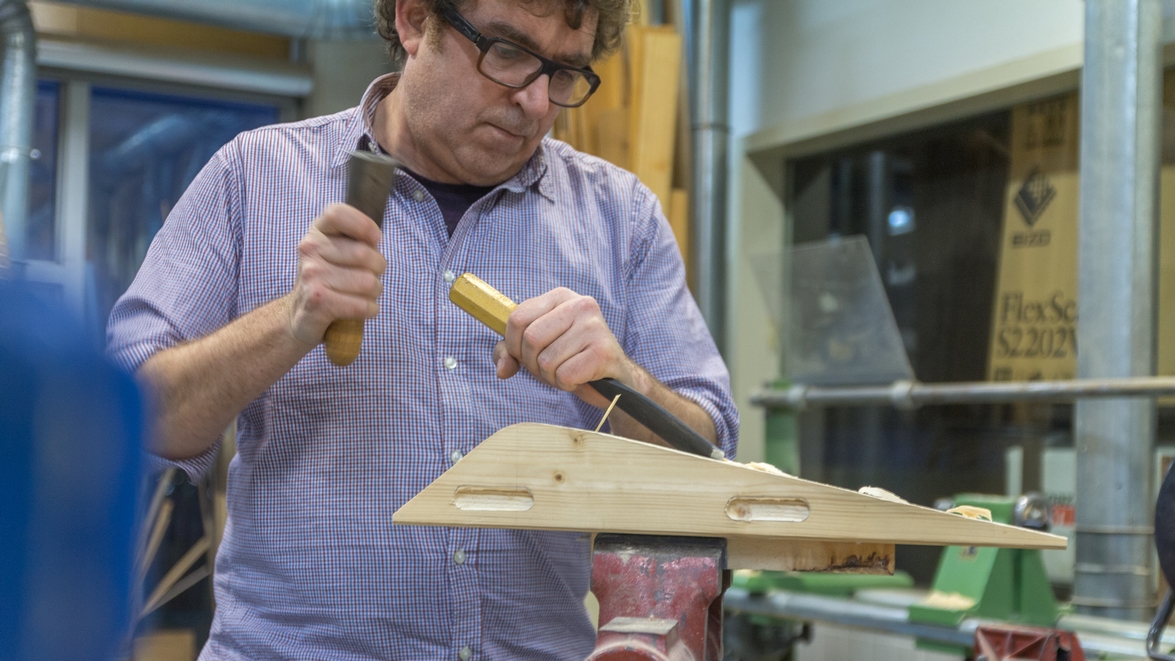
The students involved have worked in each stage of their products, taking care of every detail and culminating the process with the manufacture of them in the school together with the help and advice of the atelier manager Pedro Sánchez. Paral-lel 4 goes one step further and becomes an expo, where all the works will be shown. This has been possible thanks to the dedication of the participating young designers and the guidance and coordination of Professor Vicent Clausell (Clausell Studio). The products can be seen from April 17 to 22 in the Ventura
Future room, during Milano Design Week.
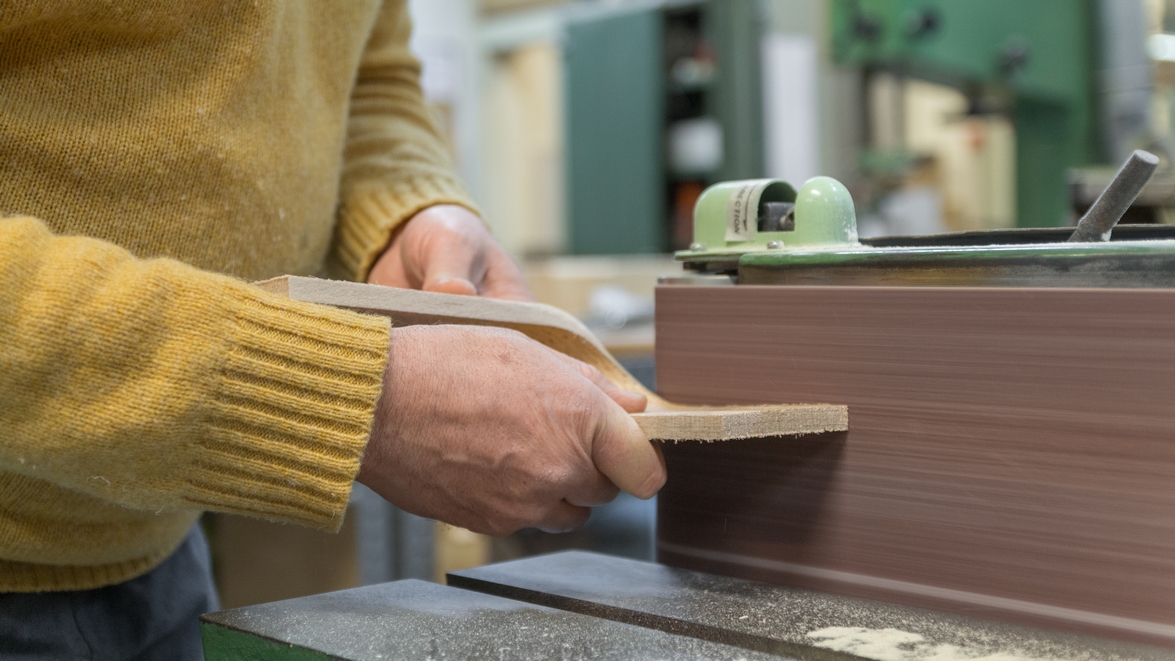
The team of Paral-lel 4 has followed a meticulous design process from the first moment of the project to satisfy the requirements of the client: the design editor Omelette-ed. As a first contact with the established riefing, the students have made an analysis of the demanded characteristics and have developed moodboards to find inspiration. These have served to investigate similar products, different spaces and environments of Mediterranean style, colours and shapes. As a conclusion of this phase, the students have come up with new proposals and ideas, which they have captured in sketches. Each one, accompanied by its variants and possibilities to obtain the best feasible version of each one.
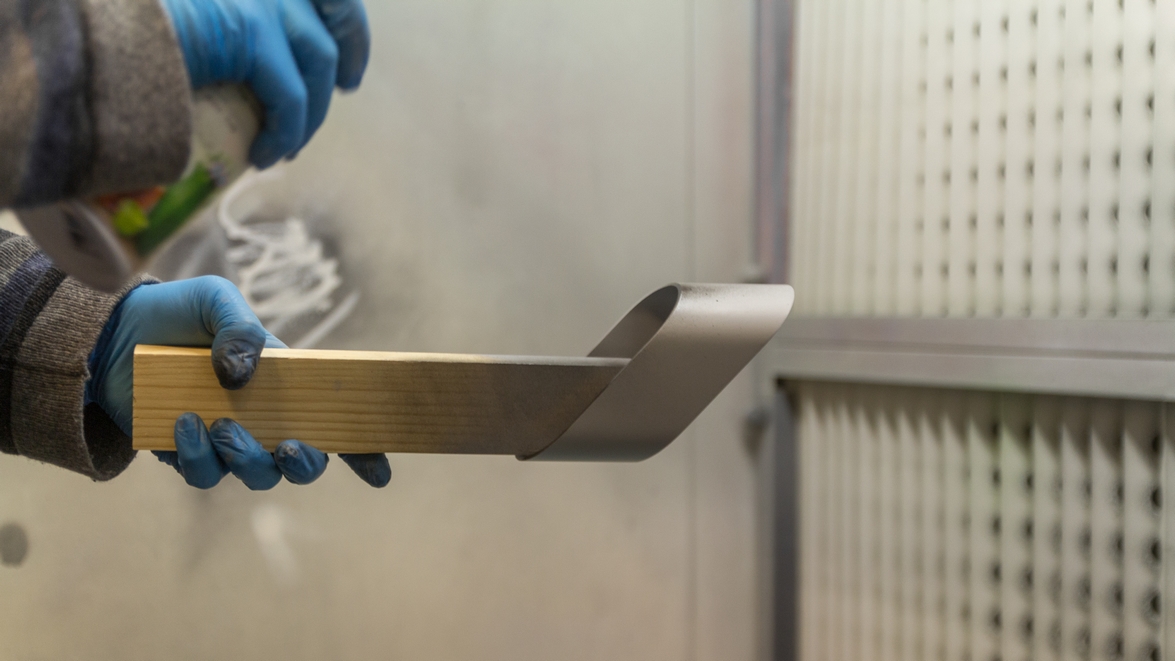
The next step is to test the initial ideas, study their volume, their measurements and proportions in a tangible way. Shelves and wall hooks have become first models with which each group has verified some parameters such as form, size, use, manufacturing... etc. Thanks to the volume models generated, it has been possible to evaluate different ways of anchoring the products to the wall in order to choose the right one. Finally, before going into production, the review of the planimetry has been carried out to prove the production viability.
Source: Clausell Studio
News Infurma:
Online Magazine of the International Habitat Portal. Design, Contract, Interior Design, Furniture, Lighting and Decoration
